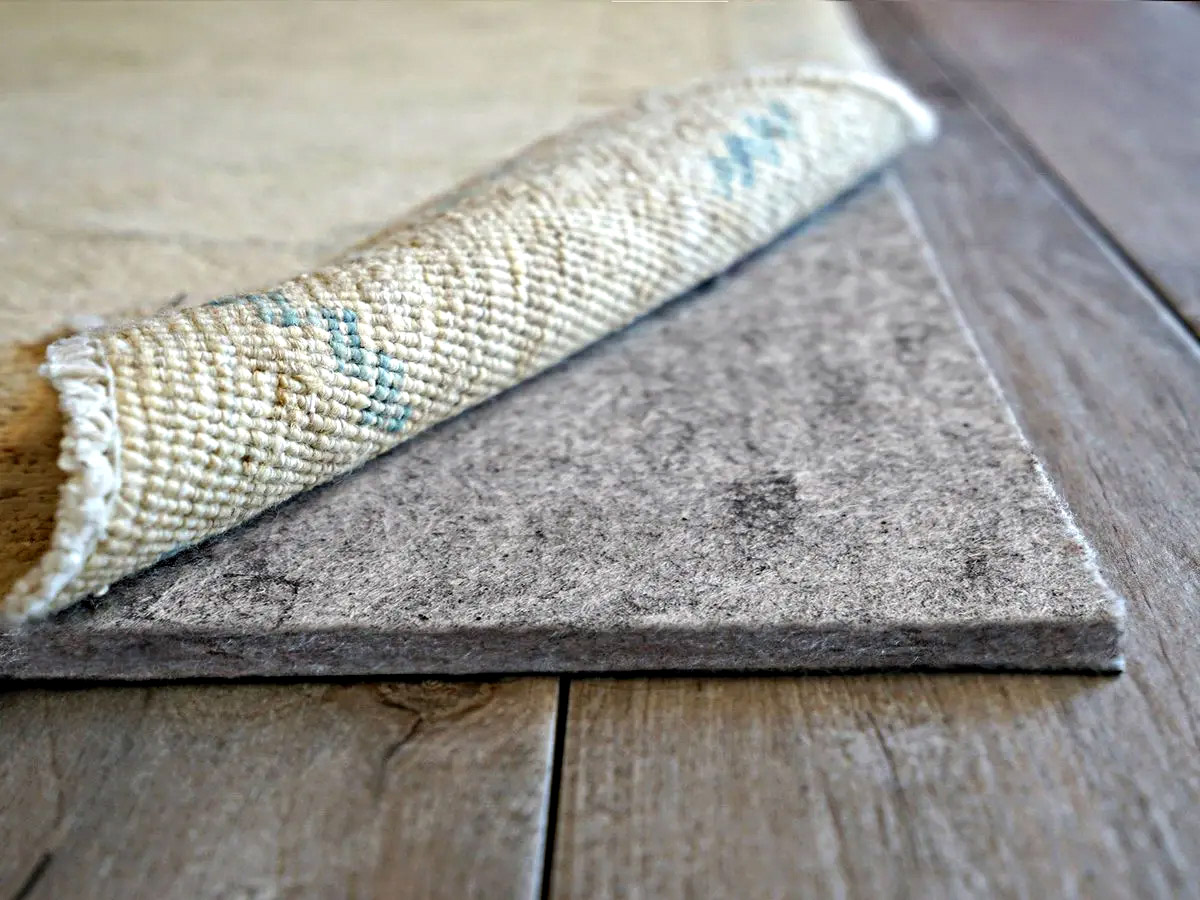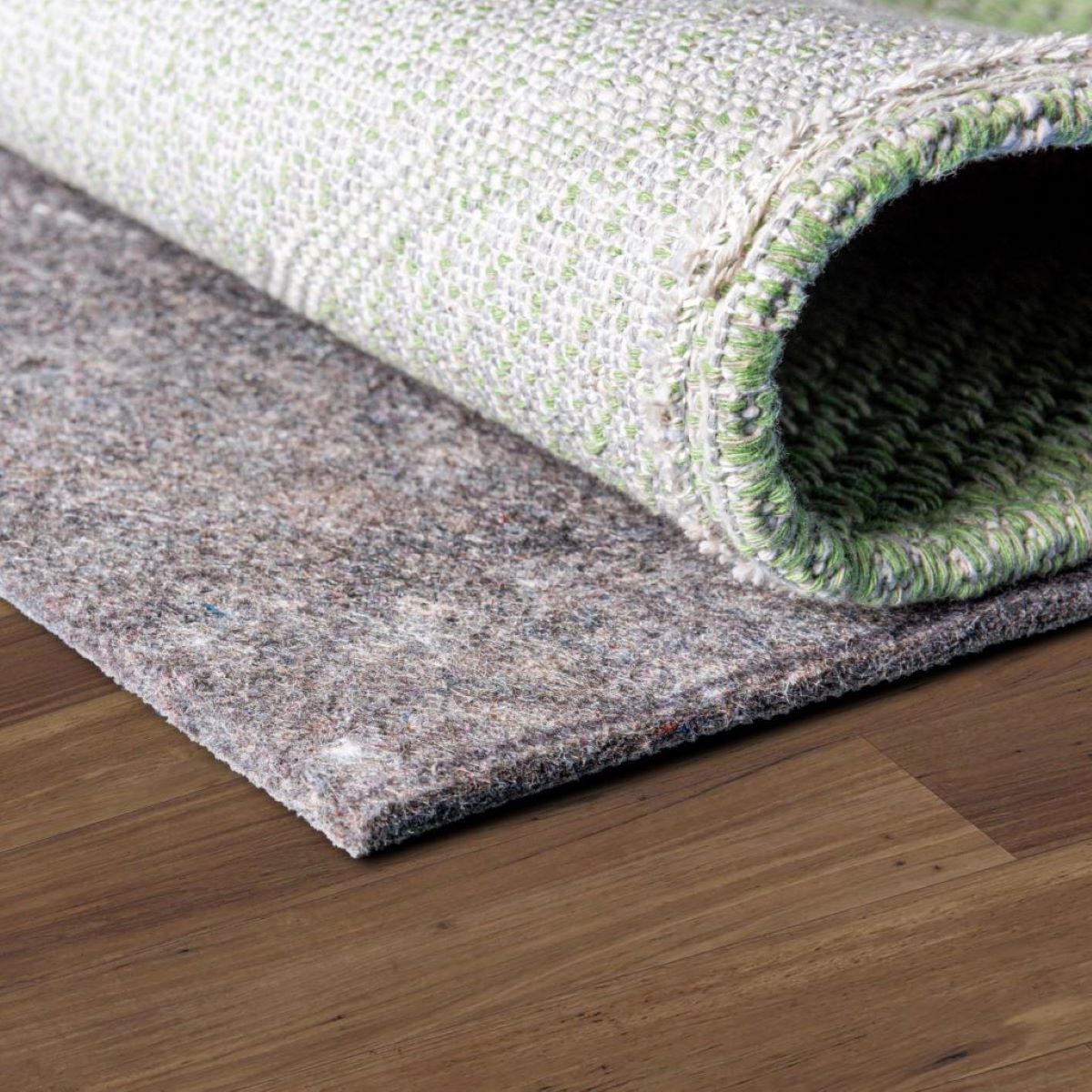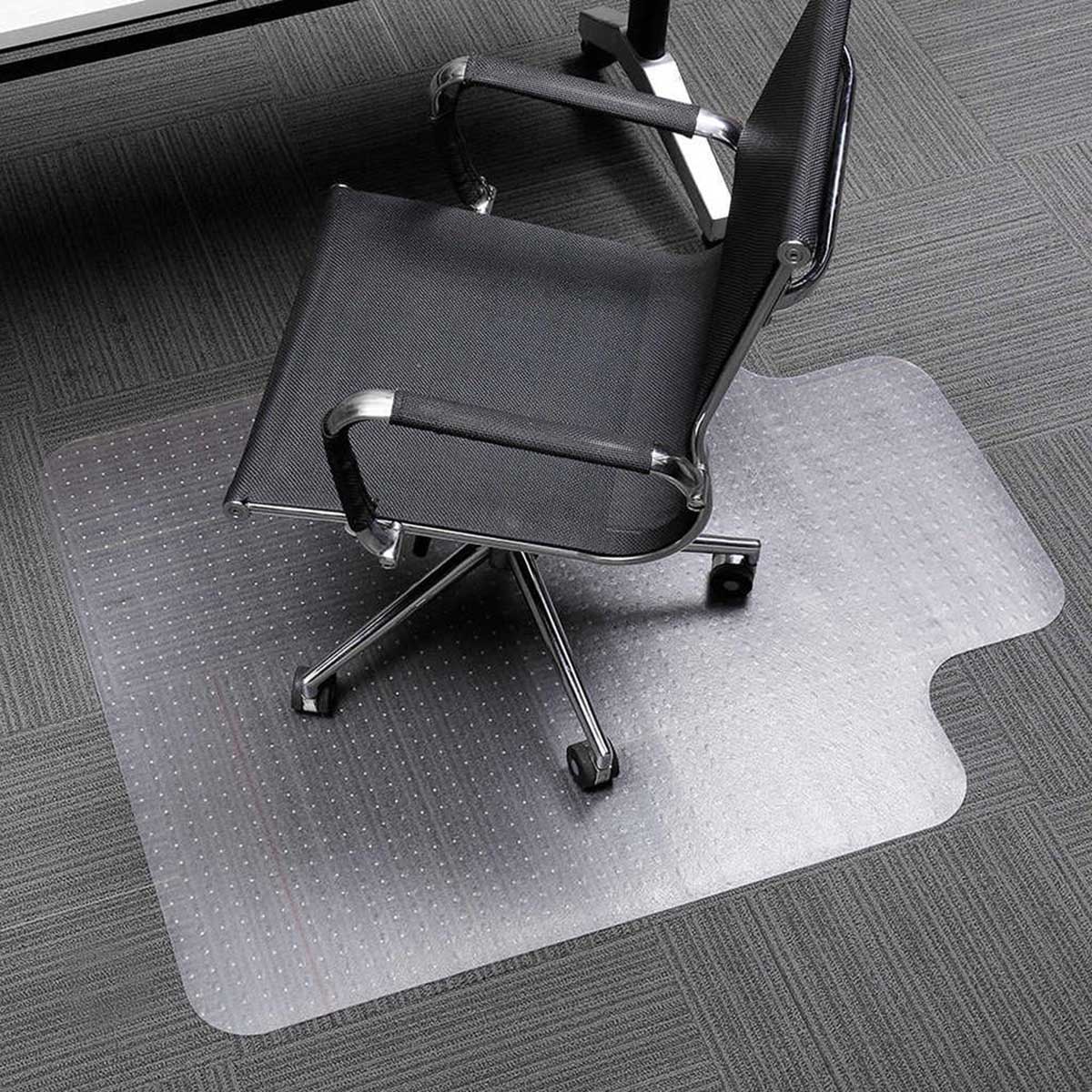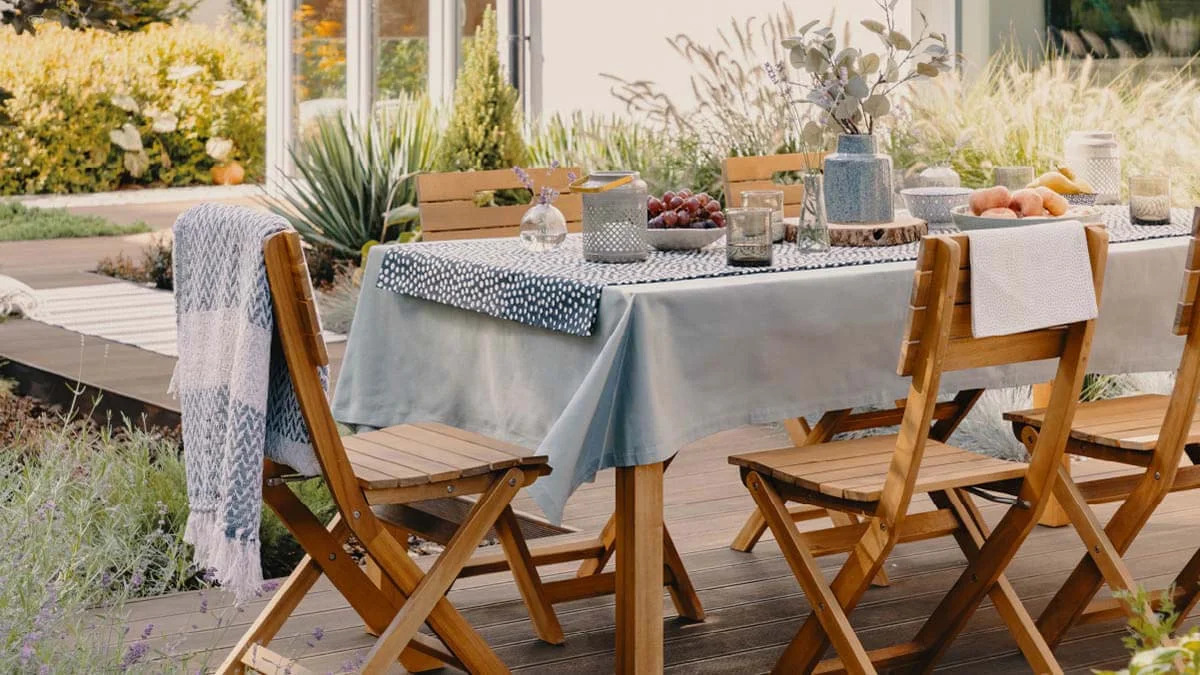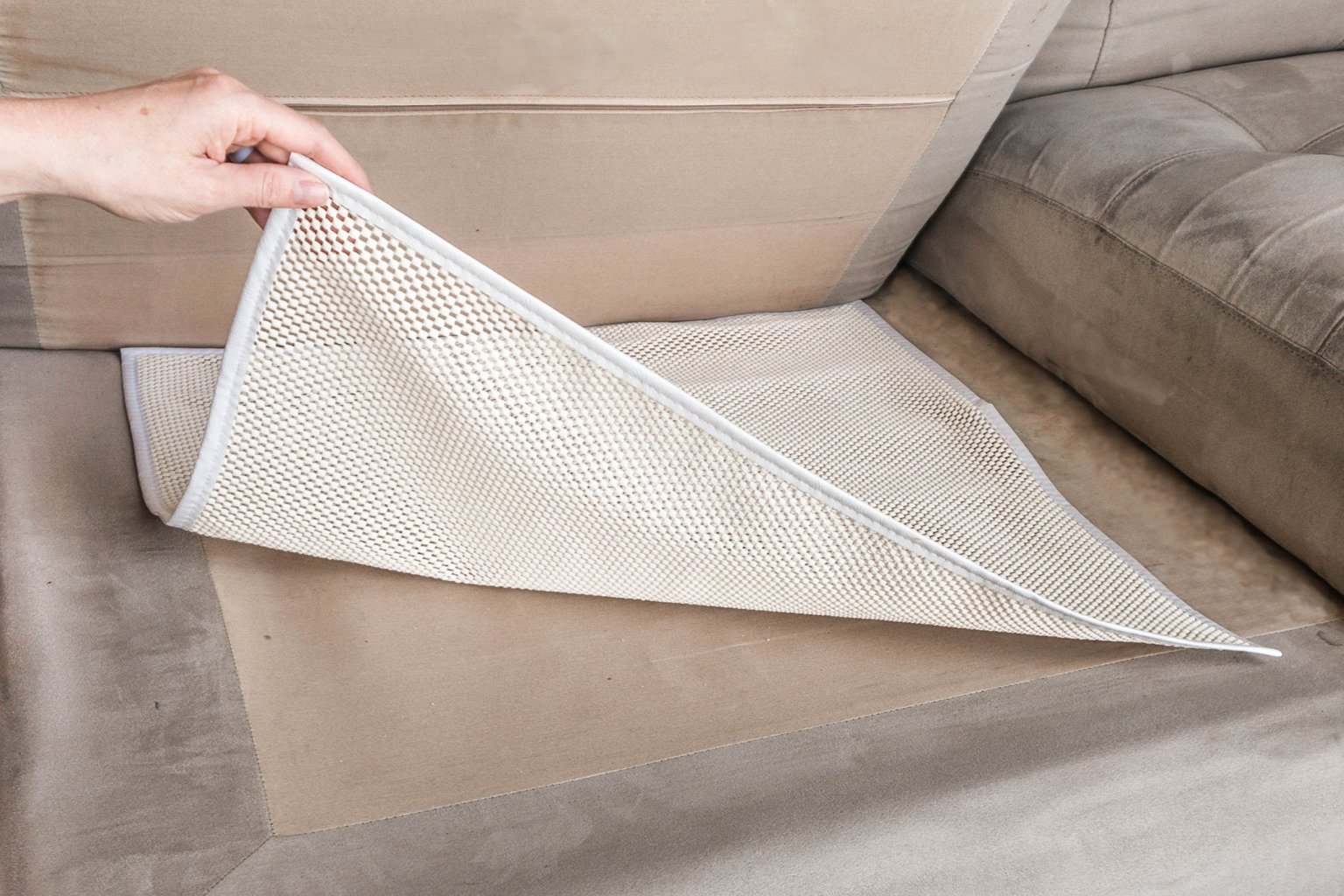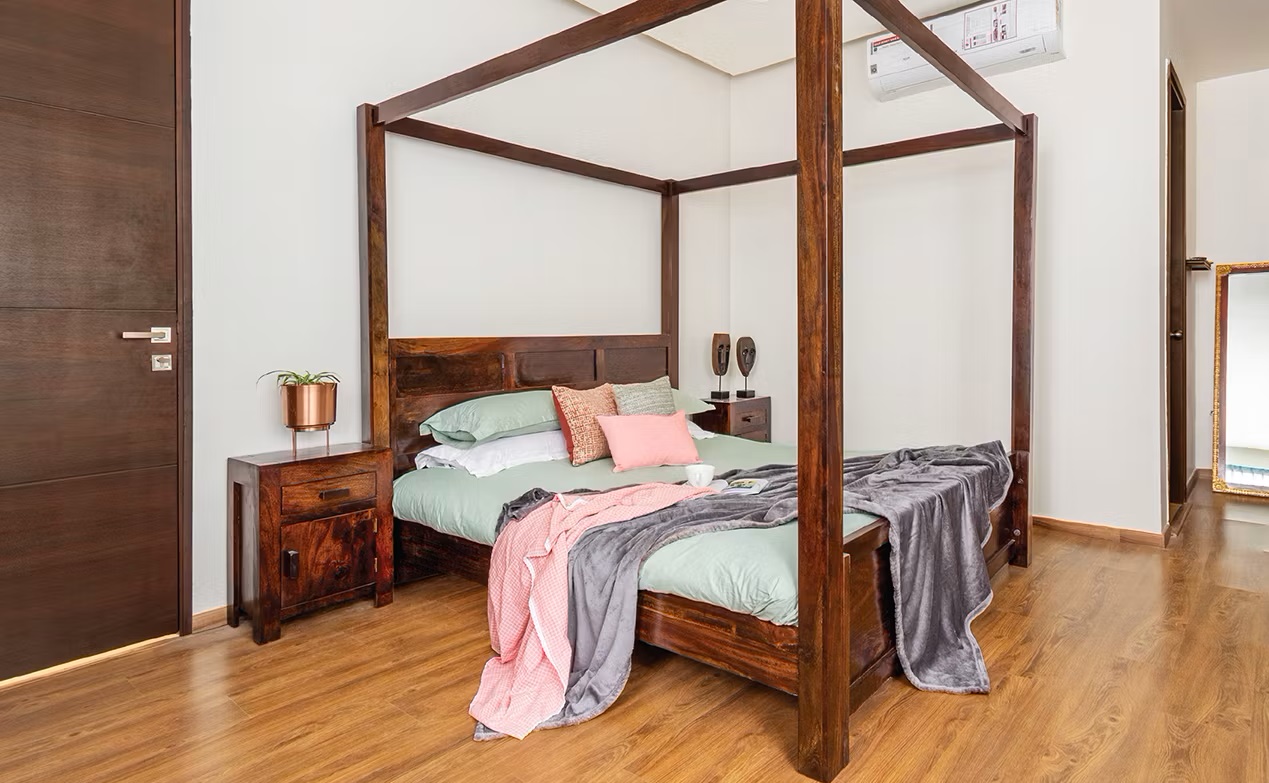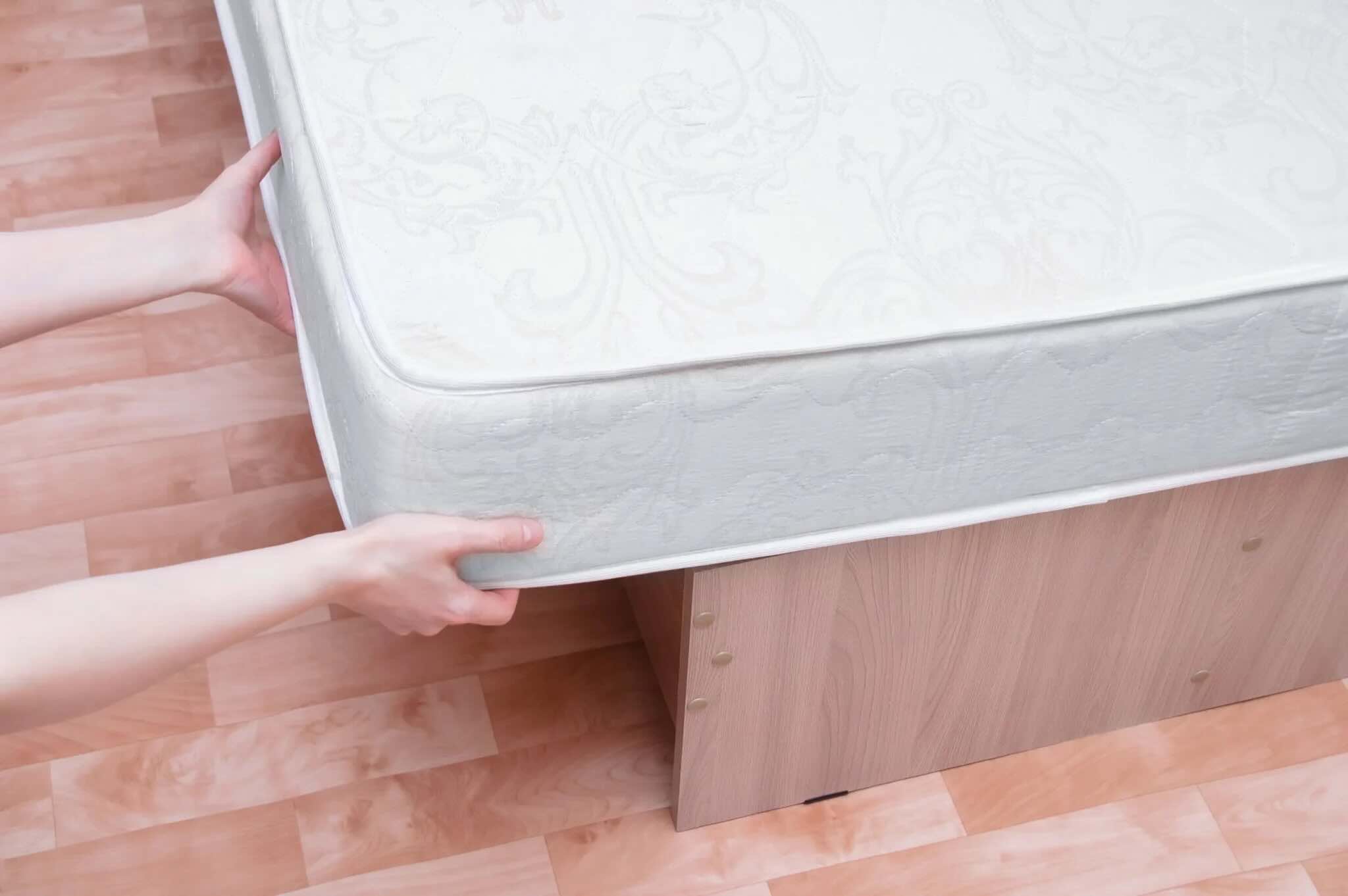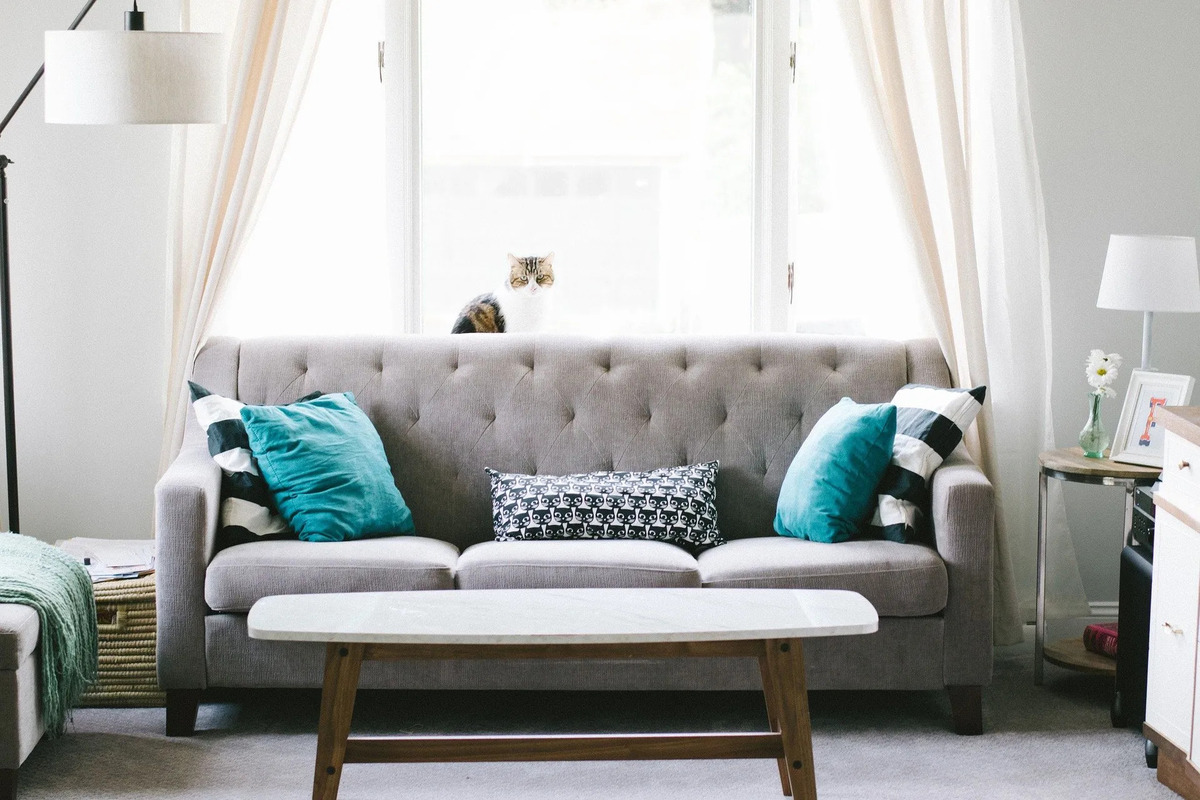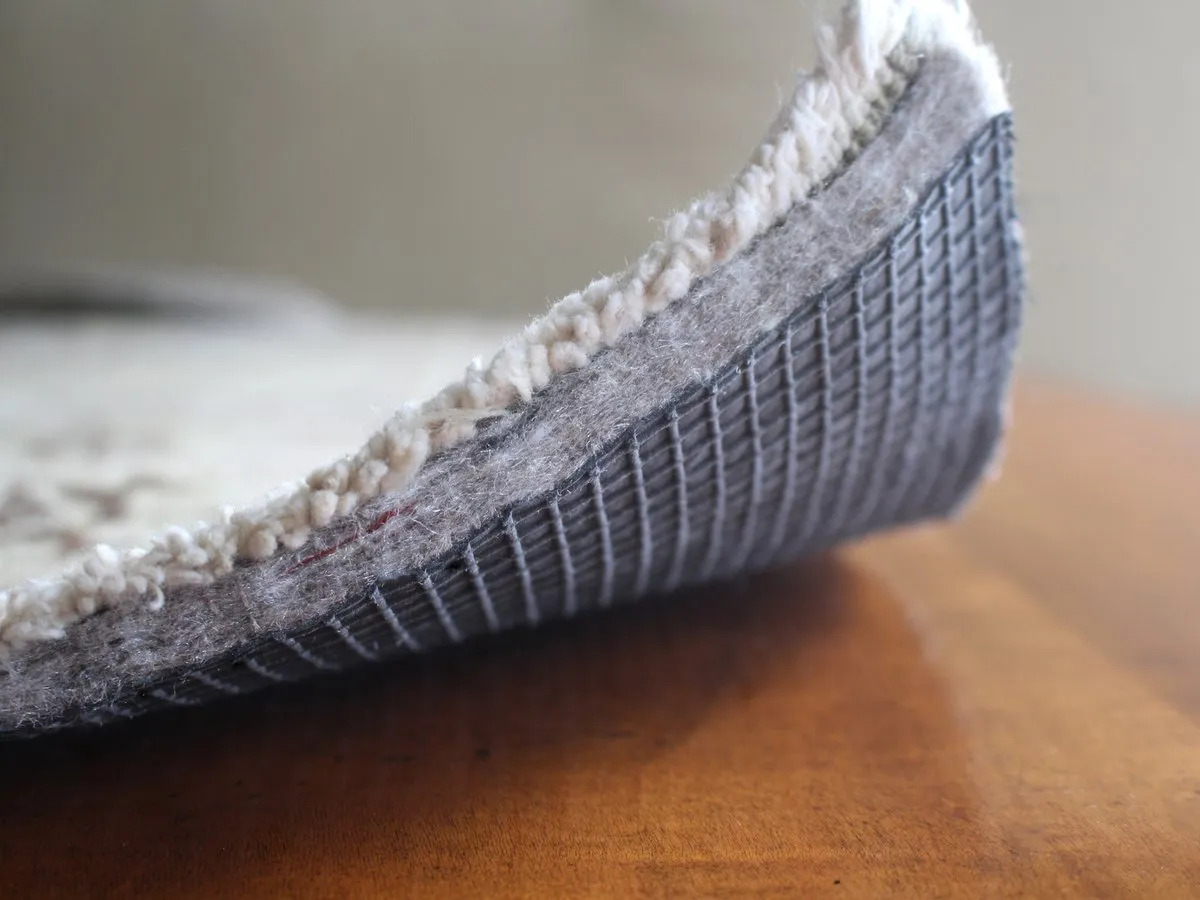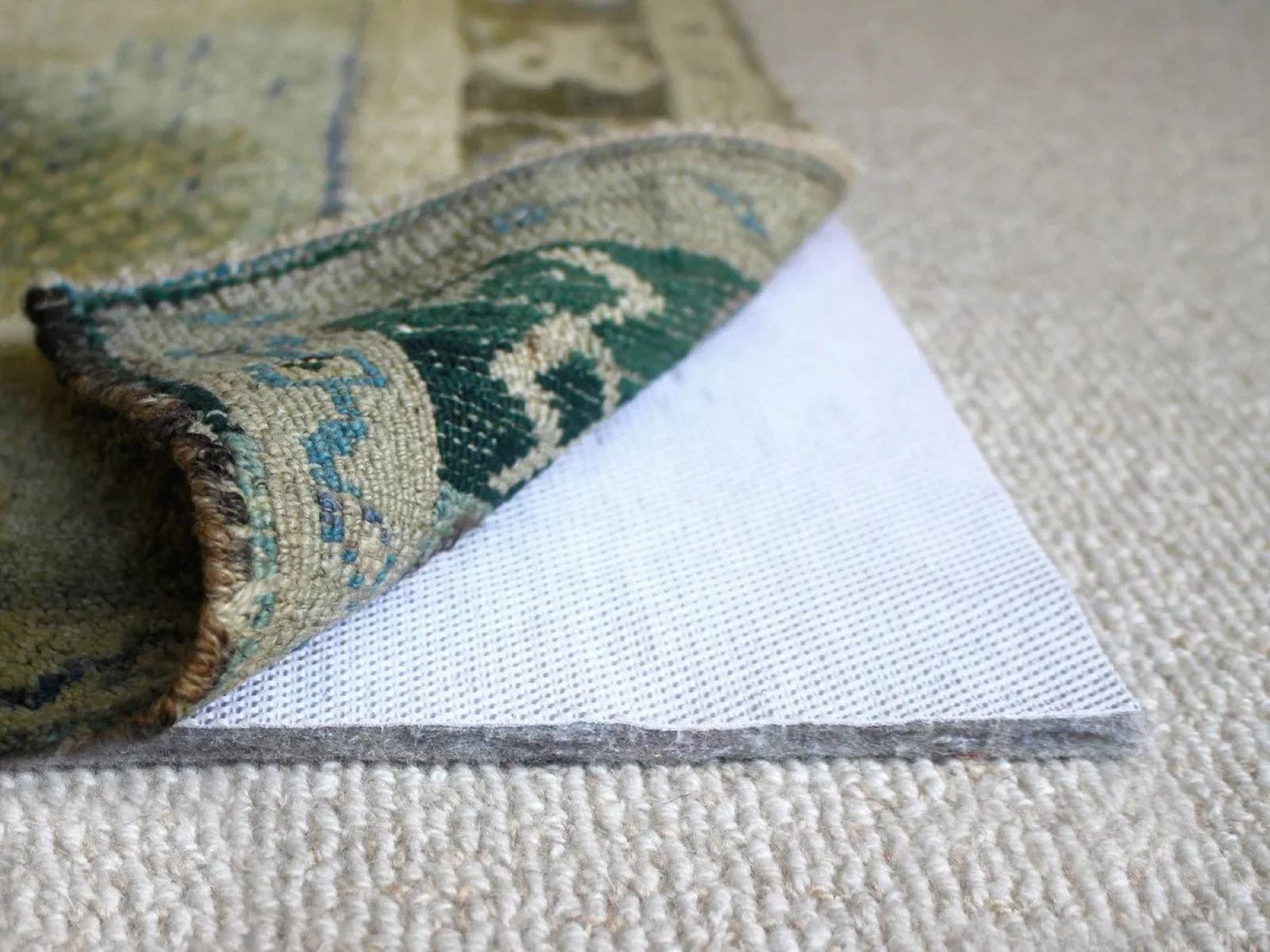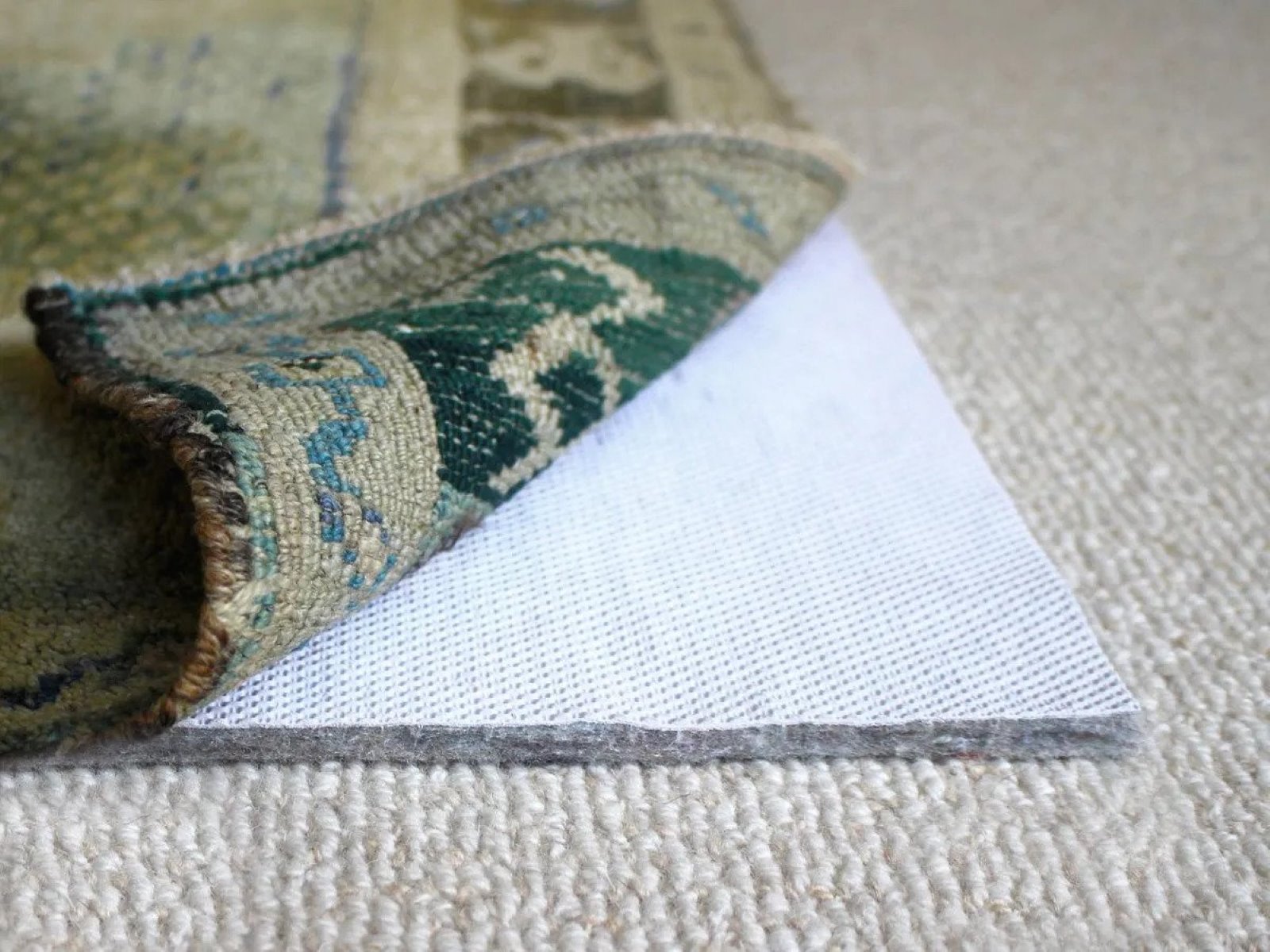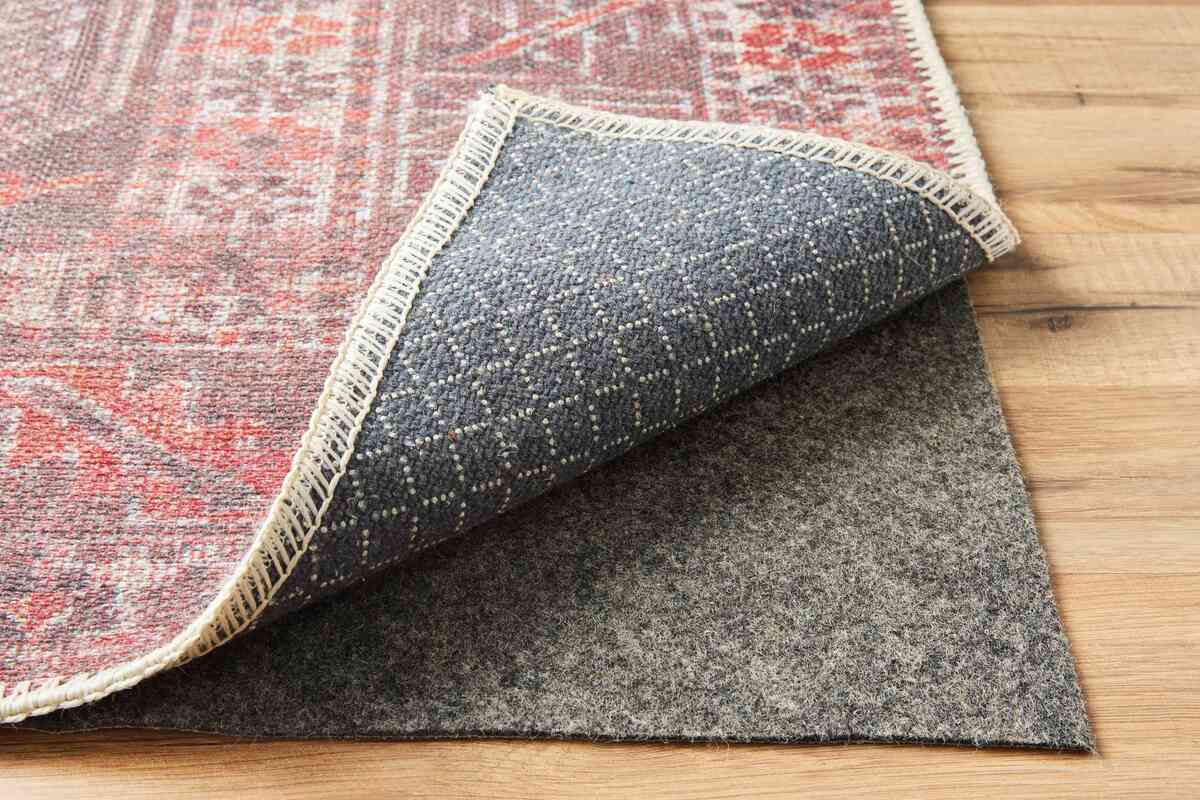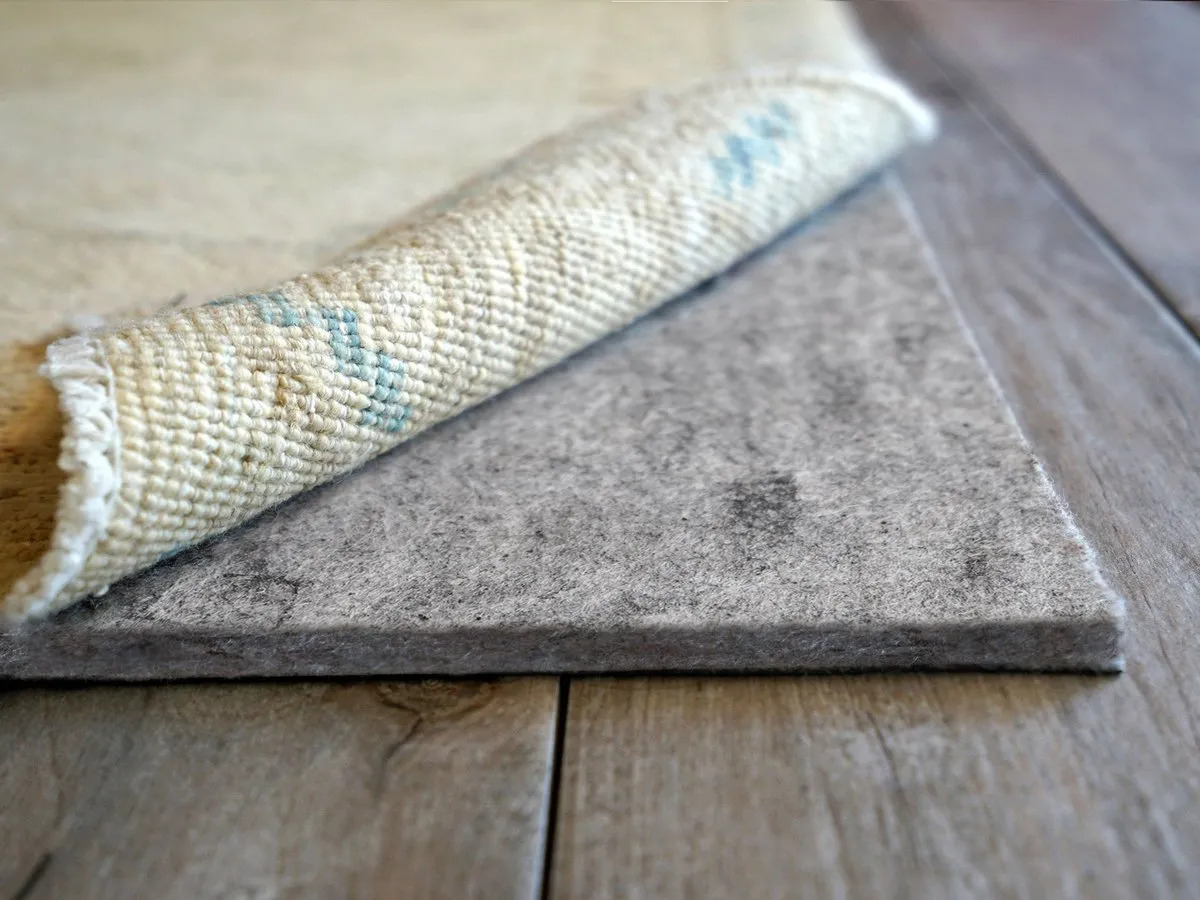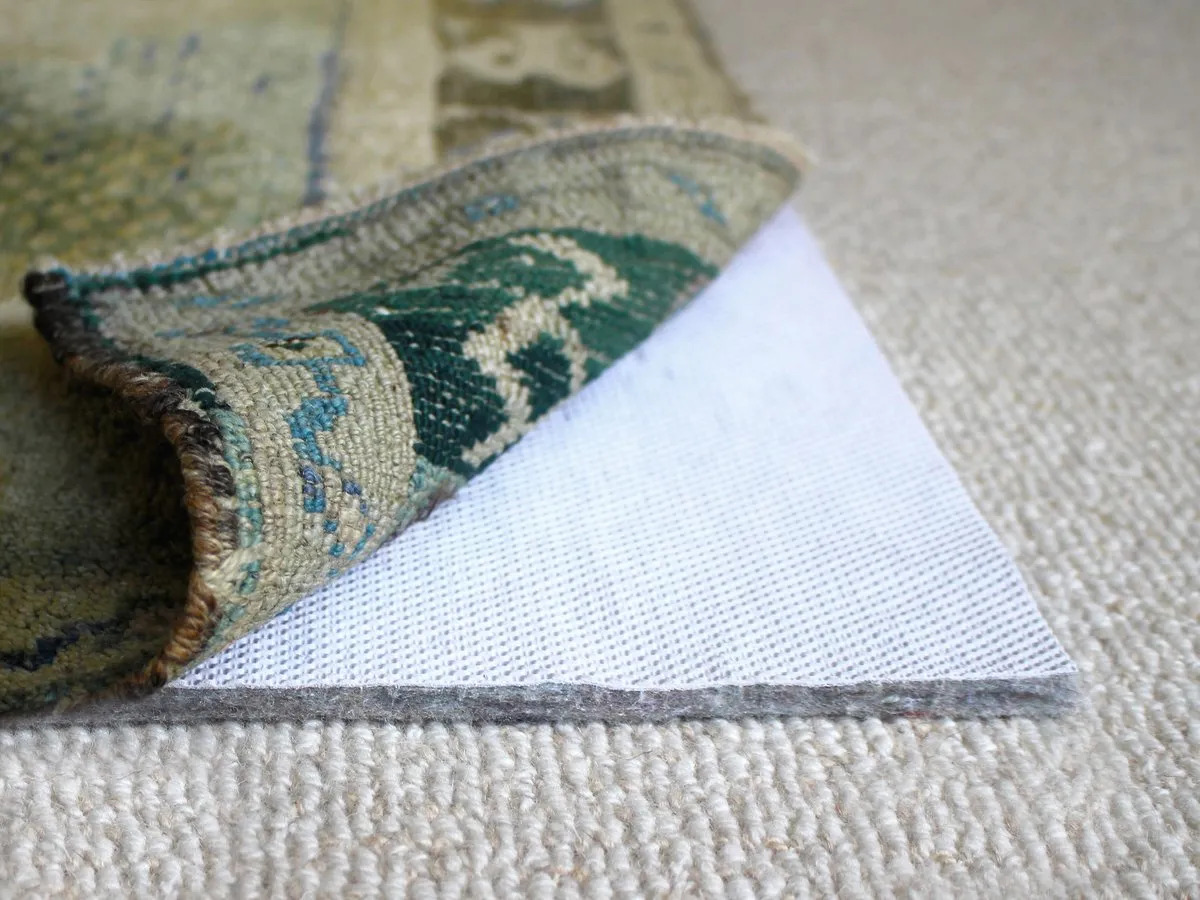

Articles
How To Prevent A Rug From Sliding On A Carpet
Modified: February 23, 2024
Discover effective techniques to prevent a rug from sliding on a carpet with our informative articles. Keep your rug in place for a safer and hassle-free home.
(Many of the links in this article redirect to a specific reviewed product. Your purchase of these products through affiliate links helps to generate commission for Storables.com, at no extra cost. Learn more)
Introduction
When you have a beautiful rug placed on top of a carpet, it can add an extra layer of warmth and style to your space. However, a common issue that many people face is the rug constantly sliding around on the carpet, creating a tripping hazard and causing frustration. So, how can you keep your rug in place and prevent it from sliding on the carpet? In this article, we will explore different methods and solutions to help you keep your rug firmly in place.
Before we delve into the various methods, let’s take a moment to understand why a rug slides on a carpet in the first place. The primary reason is the lack of friction between the rug and the carpet fibers. When you step or move on the rug, the force exerted can cause it to shift or slide. Additionally, high traffic areas and repeated foot traffic can also contribute to the rug sliding around.
Fortunately, there are several practical and effective ways to prevent a rug from sliding on a carpet. By implementing these methods, you can create a safer and more stable environment in your home or office.
Key Takeaways:
- Prevent rug slippage on carpets by using methods like double-sided carpet tape, rug gripper pads, Velcro strips, non-slip rug underlays, rubber mats, and silicone caulk. Each method offers unique benefits to enhance stability and safety.
- Understanding the reasons behind rug slippage and implementing practical solutions can create a safer and more stable environment. Choose the method that best suits your needs to enjoy a secure and well-placed rug in your home or office.
Read more: How To Prevent Rugs From Sliding
Why does a rug slide on a carpet?
Understanding the reasons behind a rug sliding on a carpet can help us find the most appropriate solutions to prevent it. Here are some common factors that contribute to rug slippage:
- Smooth or low-pile carpet: If your carpet has a smooth or low-pile surface, it creates less friction with the rug, making it easier for the rug to slide around.
- Lack of grip from the rug material: Some rugs are made from materials that don’t naturally provide a strong grip on the carpet. This can lead to slippage, especially in high-traffic areas.
- Foot traffic: The constant movement and pressure from foot traffic can cause the rug to shift and slide over time.
- Incorrect rug size: Using a rug that is smaller than the carpet beneath it can increase the likelihood of slippage. A rug should ideally cover a significant portion of the carpet to help anchor it in place.
- Uneven or uneven carpet padding: If the carpet padding is uneven, it can create a less stable surface for the rug, leading to slippage.
By identifying the factors contributing to rug slippage, we can select the most appropriate methods to prevent it. Let’s explore some effective solutions in the next section.
Ways to prevent a rug from sliding on a carpet
Now that we know why a rug can slide on a carpet, let’s look at some effective methods to prevent this issue. These methods can help increase the friction between the rug and the carpet, providing stability and preventing unwanted movement. Here are several solutions you can try:
- Double-sided carpet tape: This is a simple and inexpensive method that involves placing double-sided carpet tape along the edges and corners of the rug. The adhesive properties of the tape help anchor the rug to the carpet, reducing slippage.
- Rug gripper pads: These pads are specifically designed to prevent rugs from sliding on various surfaces, including carpets. They are available in various sizes and can be easily placed under the rug to provide grip and stability.
- Velcro strips: Using Velcro strips is another effective way to keep a rug in place. Apply one side of the Velcro strip to the underside of the rug and the other side to the carpet. The Velcro strips will create a strong connection, preventing slippage.
- Non-slip rug underlays: Non-slip rug underlays are often made from rubber or latex materials that provide excellent grip when placed between the rug and the carpet. These underlays can be easily cut to fit the size of your rug and are highly effective at preventing slippage.
- Rubber mats: Placing a rubber mat or rug pad underneath your rug can significantly enhance its grip on the carpet. The rubber material provides extra traction and helps keep the rug in place, especially in high-traffic areas.
- Silicone caulk: Apply a thin line of silicone caulk to the underside of the rug in strategic spots such as the corners and edges. This creates a tacky surface that enhances the rug’s grip on the carpet.
Feel free to experiment with these methods to find the one that works best for your particular rug and carpet combination. It’s also worth noting that a combination of these methods may provide the most effective results.
By implementing these preventive measures, you can enjoy your rug without the annoyance and potential hazards of it constantly sliding around on the carpet.
Method 1: Double-sided carpet tape
One of the simplest and most straightforward methods to prevent a rug from sliding on a carpet is by using double-sided carpet tape. This method is affordable, easily accessible, and requires minimal effort to implement.
To use double-sided carpet tape, follow these steps:
- Clean the surface of the carpet where you plan to place the rug. Remove any dirt, dust, or debris to ensure proper adhesion.
- Measure and cut the double-sided carpet tape according to the dimensions of your rug. It’s generally recommended to place the tape along the edges and corners of the rug for maximum effectiveness.
- Peel off the backing of the carpet tape to expose the adhesive side.
- Place the carpet tape on the underside of the rug, ensuring that it aligns with the edges and corners.
- Press down firmly to secure the tape to the rug.
- Remove the other side of the backing to expose the second adhesive side of the tape.
- Carefully position the rug on the carpet, aligning it where you desire.
- Press down firmly on the rug to create a strong bond between the carpet tape and the carpet.
Double-sided carpet tape works by creating a strong adhesive bond between the rug and the carpet surface. This helps to anchor the rug in place, preventing it from slipping or sliding around. It is important to note that double-sided carpet tape may leave residue on the carpet when removed, so it’s advisable to test it on a small, inconspicuous area before applying it to the entire rug.
This method is especially useful for rugs that have a tendency to move or shift along the edges. It provides a secure and reliable solution to keep your rug in place, ensuring safety and convenience in your home or office space.
Method 2: Rug gripper pads
Rug gripper pads are another effective solution to prevent a rug from sliding on a carpet. These pads are specifically designed to provide grip and stability between the rug and the carpet, keeping the rug firmly in place.
To use rug gripper pads, follow these steps:
- Measure the dimensions of your rug to determine the appropriate size of the rug gripper pad.
- Cut the rug gripper pad to match the size of your rug. Make sure it is slightly smaller than the rug, allowing it to remain hidden under the edges.
- Place the rug gripper pad on the carpet in the desired location where you plan to place the rug.
- Position the rug on top of the gripper pad, aligning it to your desired position.
- Press down firmly on the rug to secure it in place on the rug gripper pad.
Rug gripper pads are made from a non-slip material, such as rubber or latex, which provides excellent grip on both the rug and the carpet. The textured surface of the pad creates friction, preventing the rug from sliding around. Additionally, the rug gripper pad acts as a cushioning layer, offering extra comfort underfoot.
One of the advantages of using rug gripper pads is that they are reusable and can be easily repositioned or relocated if necessary. They are also suitable for use on various floor types, including hardwood, laminate, and tile, making them versatile and convenient.
When using rug gripper pads, it’s important to periodically check and readjust the rug to ensure it remains in place. Over time, especially in high-traffic areas, the rug may shift slightly, requiring minor adjustments.
Rug gripper pads are a reliable and long-lasting solution to keep your rug securely in place on a carpet. They provide stability, safety, and peace of mind, allowing you to enjoy your rug without worrying about it sliding or causing accidents.
Use a non-slip rug pad underneath the rug to prevent it from sliding on the carpet. The pad will provide traction and keep the rug in place.
Method 3: Velcro strips
Using Velcro strips is a practical and effective method to prevent a rug from sliding on a carpet. Velcro strips create a strong connection between the rug and the carpet, keeping the rug firmly in place.
Here’s how you can use Velcro strips to secure your rug:
- Measure and cut Velcro strips into small sections. You will need both the hook (rough) side and the loop (soft) side of the Velcro strips.
- Attach one side of the Velcro strips to the corners and edges of the underside of the rug. Use adhesive or sew the Velcro strips securely to the rug, ensuring they won’t come off easily.
- Position the rug on the carpet where you want it to stay in place.
- Attach the corresponding Velcro strips to the carpet, aligning them with the strips on the rug.
- Press firmly on the rug to create a strong connection between the Velcro strips.
The hook and loop fastener system of Velcro provides a solid bond, preventing the rug from sliding around. The adhesive or sewn attachment ensures that the Velcro strips remain securely attached to the rug, even with frequent use and foot traffic.
Using Velcro strips offers the advantage of adjustability. If you need to rearrange or clean your rug, you can easily detach the Velcro strips and reattach them when you place the rug back in position. This flexibility makes Velcro strips a convenient option for both temporary and permanent rug placements.
It’s worth noting that Velcro may leave marks or residue on the carpet over time. To minimize this, you can periodically clean the carpet surface and replace the Velcro strips if needed.
Overall, Velcro strips provide a reliable and customizable solution to keep your rug securely in place on a carpet. They offer convenience, versatility, and peace of mind, allowing you to enjoy your rug without the hassle of constant shifting or readjustment.
Method 4: Non-slip rug underlays
Non-slip rug underlays are a popular and effective solution to prevent a rug from sliding on a carpet. These underlays are specifically designed to provide grip and stability, keeping your rug securely in place.
Here’s how you can use non-slip rug underlays:
- Measure the size of your rug to determine the appropriate dimensions for the underlay.
- Trim the underlay to match the size of your rug. It should be slightly smaller than the rug to remain hidden under the edges.
- Place the non-slip rug underlay on the carpet where you want to position the rug.
- Position the rug on top of the underlay, aligning it to your desired location.
- Press down firmly on the rug to secure it to the underlay.
Non-slip rug underlays are typically made from rubber or latex materials that create friction between the rug and the carpet. This friction helps to anchor the rug in place, preventing it from sliding or shifting, even in high-traffic areas.
In addition to providing grip, non-slip rug underlays also offer other benefits. They act as a cushioning layer, providing extra comfort underfoot. They can also help extend the life of your rug by reducing wear and tear caused by constant movement.
Moreover, non-slip rug underlays are versatile and can be used on various floor types, including hardwood, laminate, and tile. They are easily trimmable to fit any rug size and can be reused if you decide to relocate or change your rug’s placement.
For optimal performance, periodically check and adjust the rug’s position on the underlay, especially in high-traffic areas where the rug may shift slightly over time. Additionally, be sure to clean the underlay and the carpet surface to maintain their effectiveness.
By using non-slip rug underlays, you can enjoy a stable and secure rug on your carpet, providing both visual appeal and peace of mind.
Method 5: Rubber mats
Using rubber mats is a highly effective method to prevent a rug from sliding on a carpet. Rubber mats provide excellent grip and stability, helping to anchor the rug in place and minimize any movement.
Here’s how you can use rubber mats to secure your rug:
- Measure the dimensions of your rug to determine the appropriate size of the rubber mat.
- Place the rubber mat on the carpet where you plan to position the rug.
- Position the rug on top of the rubber mat, aligning it to your desired location.
- Press down firmly on the rug to ensure it adheres to the rubber mat.
Rubber mats work by creating friction between the rug and the carpet surface. The rubber material provides excellent grip, preventing the rug from sliding or shifting, particularly in high-traffic areas.
One of the advantages of using rubber mats is their versatility. They can be used on various floor types, including hardwood, tile, and laminate. Additionally, rubber mats are often durable and long-lasting, making them a reliable choice for keeping your rug in place.
It’s important to periodically check the rug’s position on the rubber mat and readjust if necessary, as heavy foot traffic or other factors may cause slight movements over time. Additionally, you should regularly clean both the rubber mat and the carpet surface to maintain their effectiveness.
While rubber mats provide a secure grip, they may not be suitable for delicate or antique rugs, as the rubber material can interact with certain rug fibers. In such cases, it’s advisable to test a small area of the rug before using a rubber mat under the entire rug.
By using rubber mats, you can ensure that your rug stays firmly in place, enhancing the overall safety, comfort, and aesthetic of your space.
Method 6: Silicone caulk
Using silicone caulk is an unconventional yet effective method to prevent a rug from sliding on a carpet. Silicone caulk creates a tacky surface that enhances the grip between the rug and the carpet, keeping the rug securely in place.
Here’s how you can use silicone caulk to secure your rug:
- Flip the rug over to access the underside.
- Apply a thin, continuous line of silicone caulk along the corners and edges of the rug.
- Allow the silicone caulk to dry and cure according to the manufacturer’s instructions. This typically takes a few hours.
- Once the silicone caulk is dry, carefully position the rug on the carpet, aligning it to your desired location.
- Press down firmly on the rug to create a strong bond between the caulk and the carpet.
The silicone caulk acts as a grippy adhesive, helping to anchor the rug and prevent any sliding or shifting. It provides a durable and long-lasting solution to the problem of rug slippage.
One of the advantages of using silicone caulk is its versatility. It can be used on various types of rugs, including those with uneven edges or irregular shapes. Additionally, silicone caulk is resistant to moisture, making it suitable for use in areas prone to spills or high humidity.
It’s important to note that using silicone caulk may leave a residue on the carpet when the rug is removed. This residue can be challenging to remove, so it’s advisable to test the silicone caulk on a small, inconspicuous area of the carpet before applying it to the entire rug.
While silicone caulk can be an effective solution, it may not be suitable for all types of rugs, particularly valuable antique rugs or delicate fibers. In such cases, it’s best to consult with a professional or explore alternative methods to prevent slippage.
By using silicone caulk, you can ensure that your rug stays securely in place, providing stability and peace of mind in your home or office space.
Conclusion
Preventing a rug from sliding on a carpet is essential for both safety and aesthetic reasons. Constant movement and slippage can not only be frustrating but also pose a tripping hazard. Fortunately, there are several practical and effective methods to keep your rug in place and enhance stability.
From double-sided carpet tape to rug gripper pads, Velcro strips, non-slip rug underlays, rubber mats, and even silicone caulk, each method offers unique benefits and solutions to address the issue of rug slippage.
Double-sided carpet tape provides a simple and affordable option, while rug gripper pads offer versatility and reusability. Velcro strips provide adjustability, allowing for easy repositioning and cleaning of your rug. Non-slip rug underlays act as a cushioning layer and are suitable for various floor types. Rubber mats offer excellent grip and stability, especially in high-traffic areas. Silicone caulk, although unconventional, creates a tacky surface that enhances rug adhesion.
Implementing any of these methods can significantly reduce rug slippage and create a safer and more stable environment. Remember to periodically check and readjust your rug’s position as needed, and maintain cleanliness to ensure optimal effectiveness.
By taking the time to prevent your rug from sliding on a carpet, you can enjoy the beauty, comfort, and functionality of your rug without the frustration and risks associated with constant movement. Choose the method that best suits your needs, and enjoy a secure and well-placed rug in your home or office.
Frequently Asked Questions about How To Prevent A Rug From Sliding On A Carpet
Was this page helpful?
At Storables.com, we guarantee accurate and reliable information. Our content, validated by Expert Board Contributors, is crafted following stringent Editorial Policies. We're committed to providing you with well-researched, expert-backed insights for all your informational needs.
